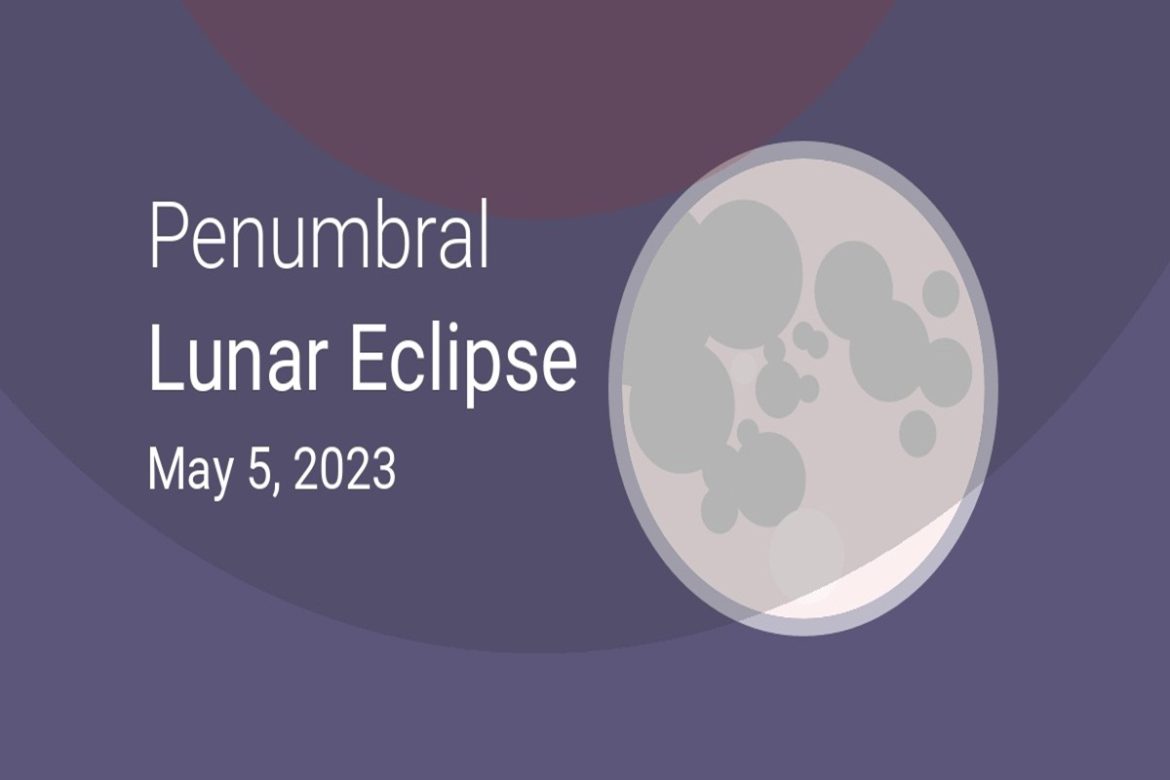The extremely unusual hybrid solar eclipse on April 20 put on a show for watchers all across the world, with some lucky enough to see a total solar eclipse for a few brief moments. This solar eclipse will be followed by a penumbral lunar eclipse on May 5, which will be visible over a considerably broader portion of the earth than the April 20 eclipse.
Will the May 5 lunar eclipse be visible in India?
Because the Earth is much larger than the Moon, its shadow is also much larger than the natural satellite. As a result, lunar eclipses can be seen in more places on the Earth than solar eclipses. The one on May 5 should be visible in most places where the Moon is above the horizon at the time of the eclipse. According to In the Sky, this covers Antarctica, Asia, Russia, Africa, and Oceania.
The penumbral moon eclipse will be visible in the south-eastern sky as seen from New Delhi. At the peak of the eclipse, it will be about 40 degrees above the horizon.

What time is the eclipse happening?
The Moon will pass under Earth’s shadow between 8.45 p.m. IST on March 5 and 1.02 a.m. IST on May 6, when the eclipse will be visible.
What is a penumbral lunar eclipse and how will the one on May 5 look?
When the eclipse occurs on May 5, the Moon will not be directly opposite the Earth as the Sun. This indicates that there will be no “umbral” eclipse, in which the Sun’s light is fully hidden.
According to EarthSky, the full Moon will be south of the Earth’s umbra, or dark shadow, during the May 5 eclipse. As a result, rather than being entirely obscured, the Moon’s brightness will be decreased. Despite this, the majority of the Moon’s disc will be illuminated to some degree.
Because the May 5 eclipse will only dim the Moon’s brightness slightly, it will be a subtle event that will be difficult to spot unless you have keen eyes.
How to view the eclipse on May 5
Penumbral moon eclipses, such as the one that will occur on May 5, have a slight impact on Earth’s lone natural satellite. This means that unless you pay close attention, the incident will be nearly undetectable.
However, unlike solar eclipses, lunar eclipses are completely safe to view with your own eyes. This also implies that you can safely use optical tools such as binoculars or telescopes to look at the Moon in order to better spot the eclipse.
👉 Click here to read the latest Gujarat news on TheLiveAhmedabad.com



